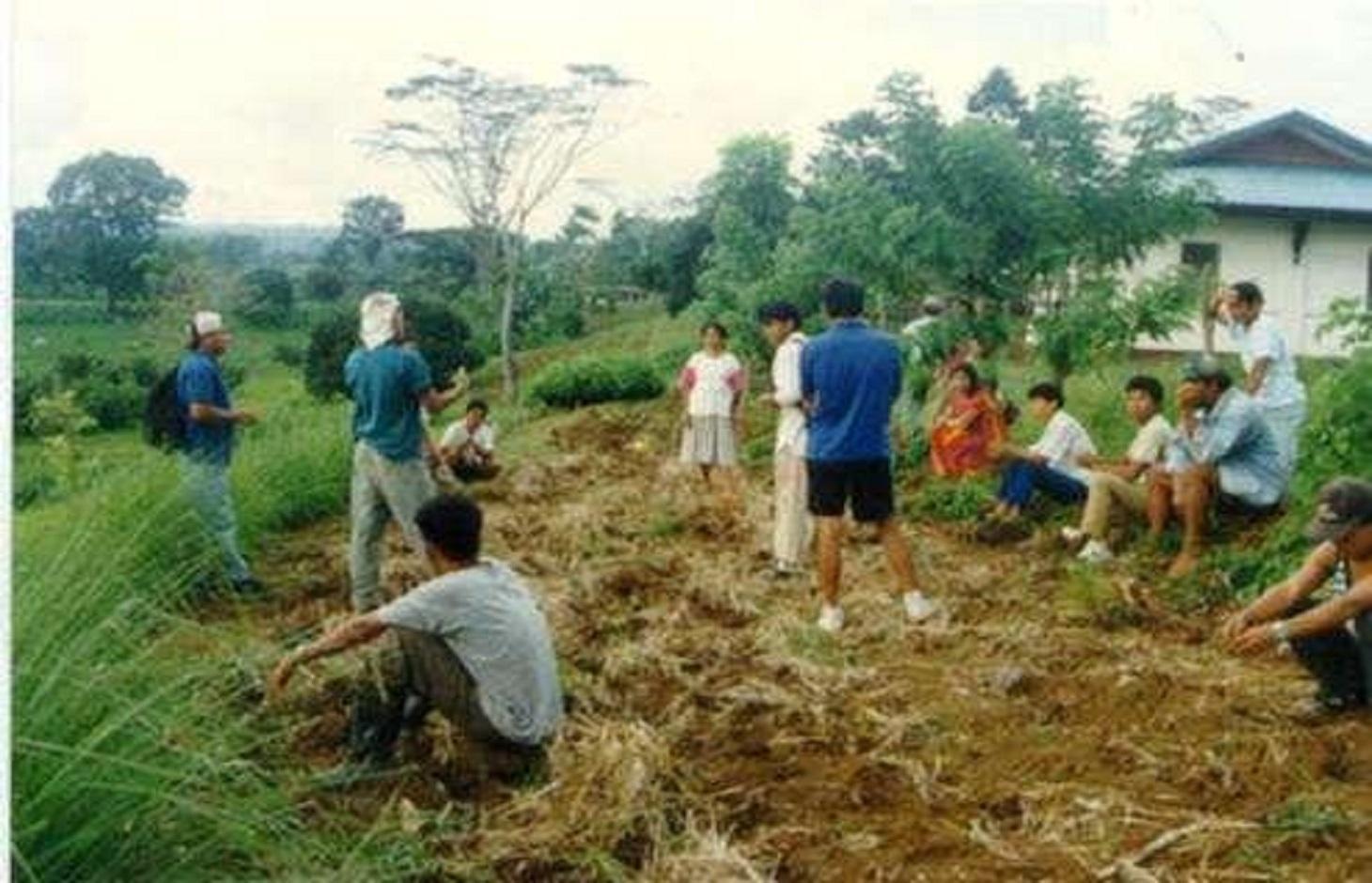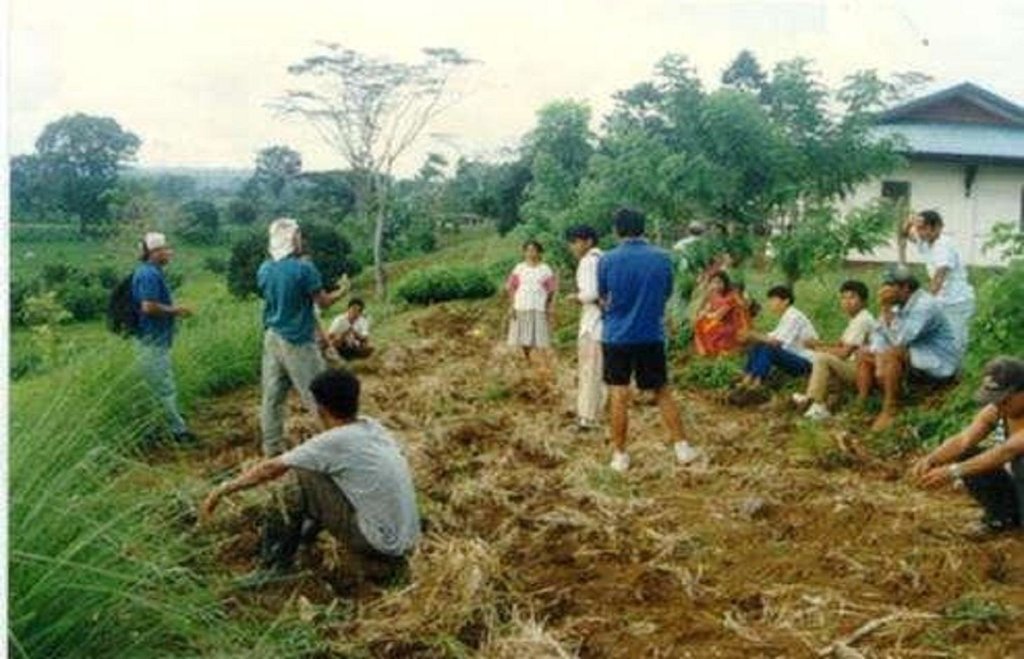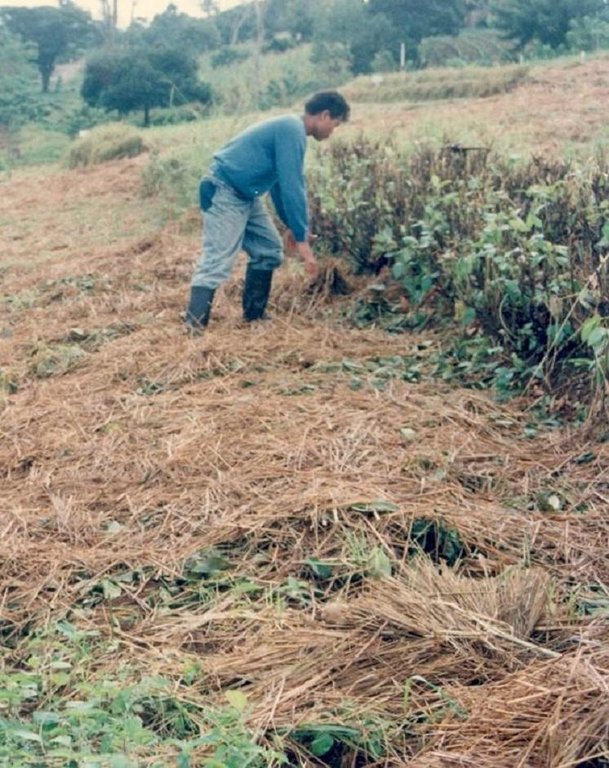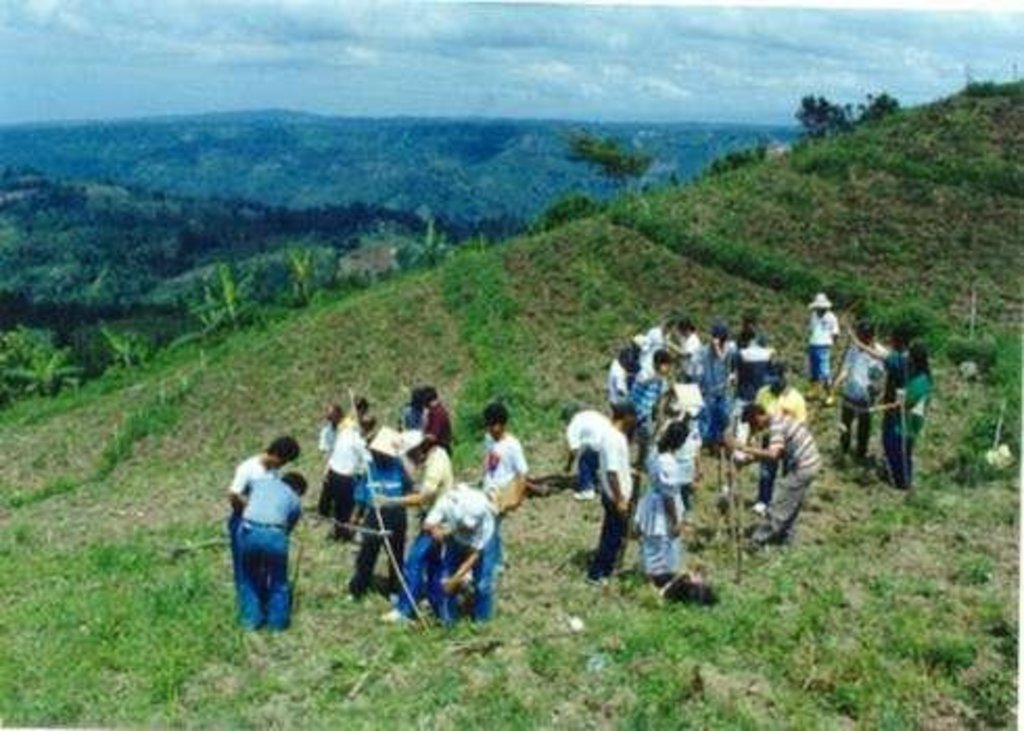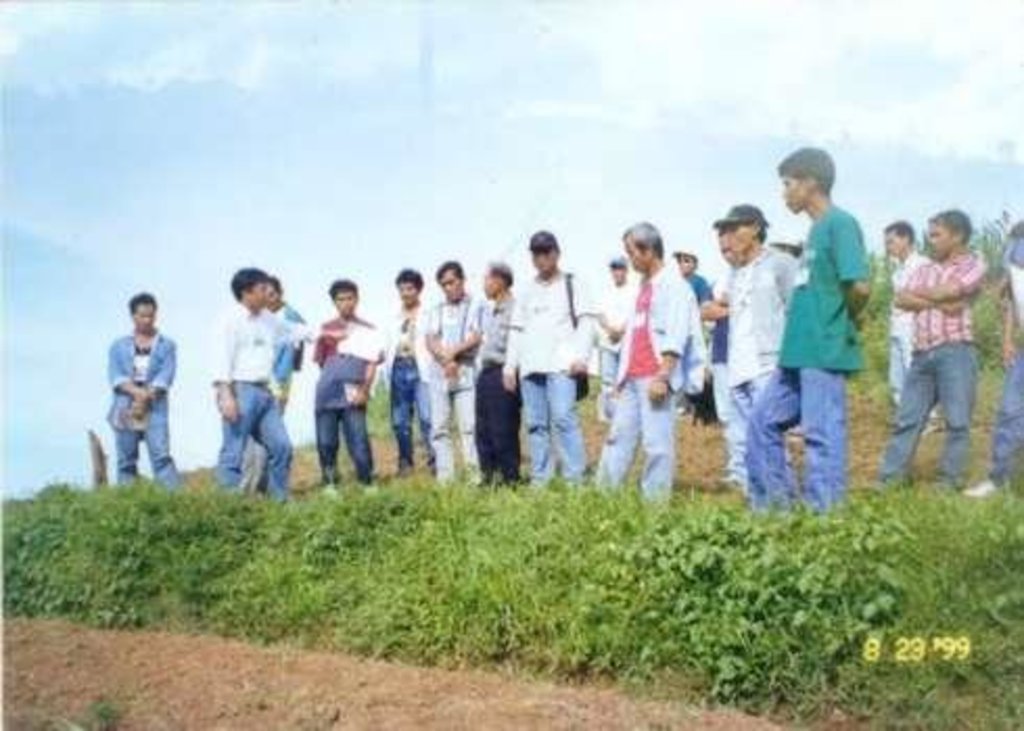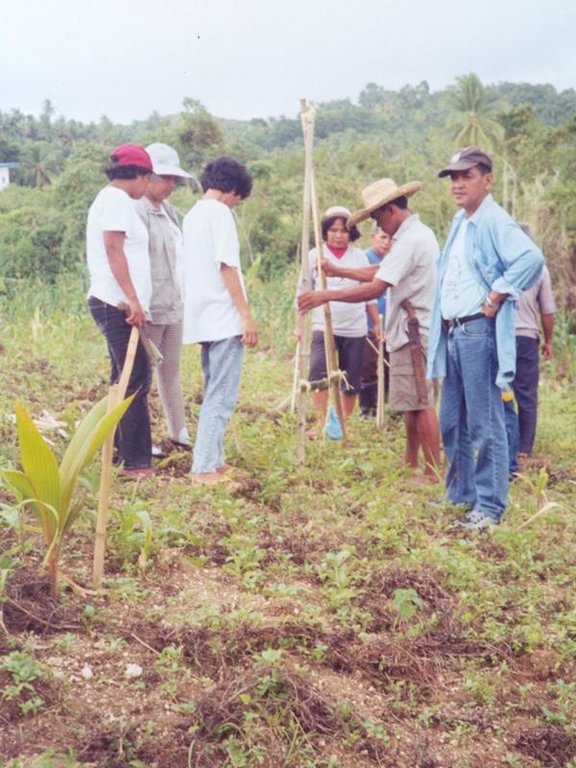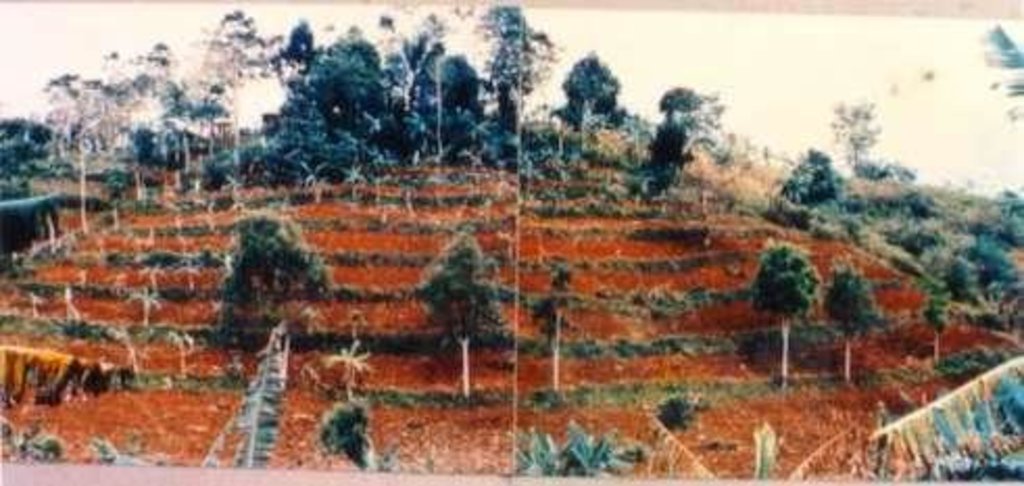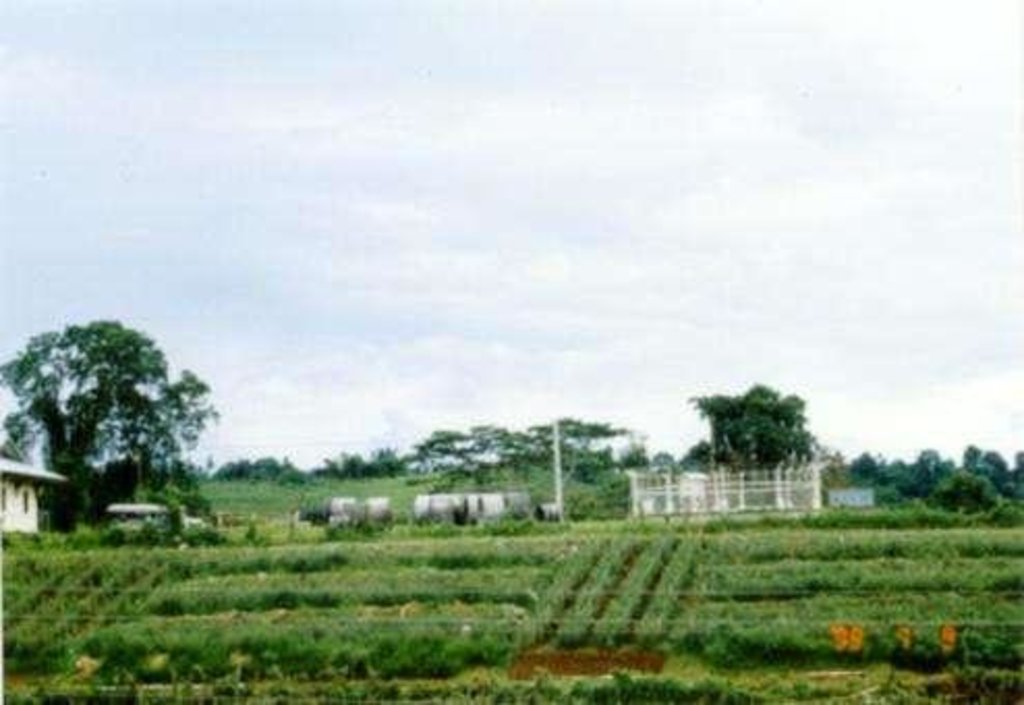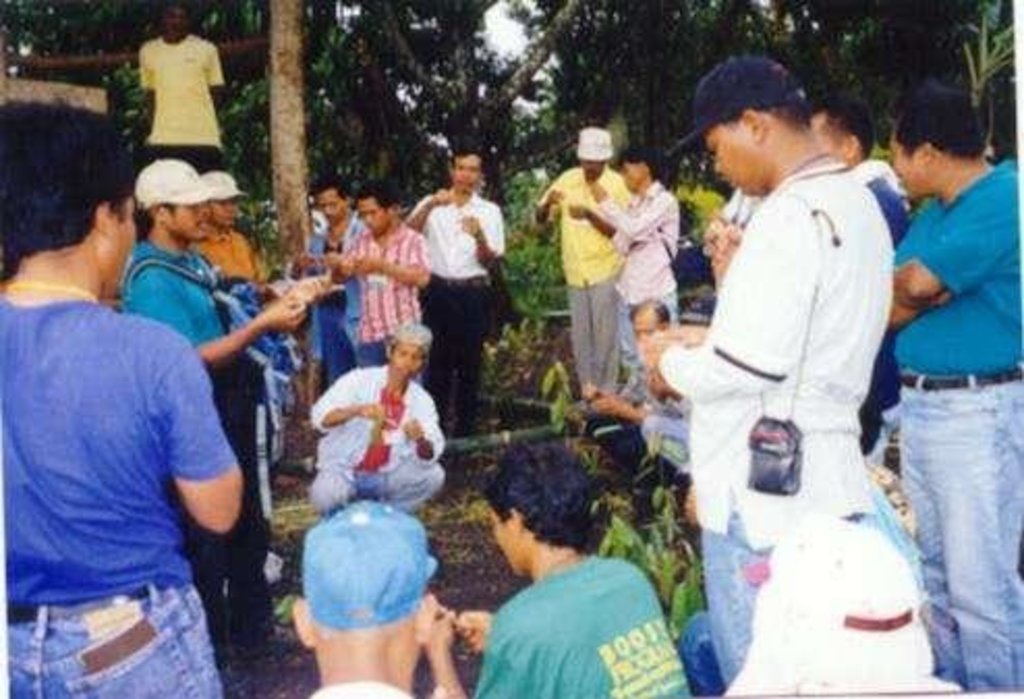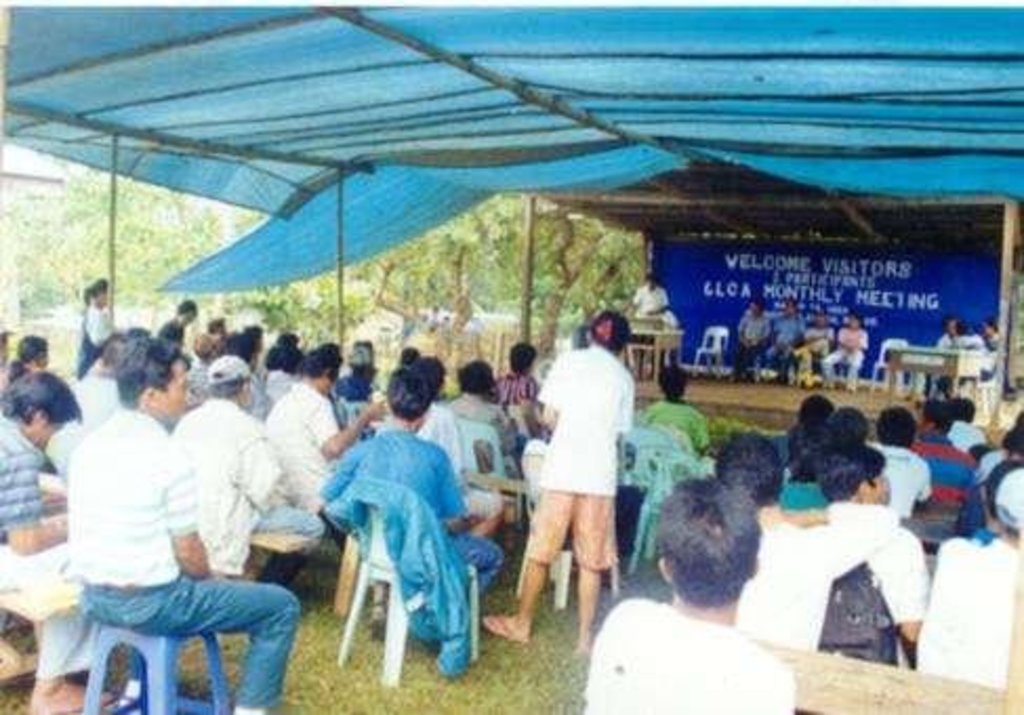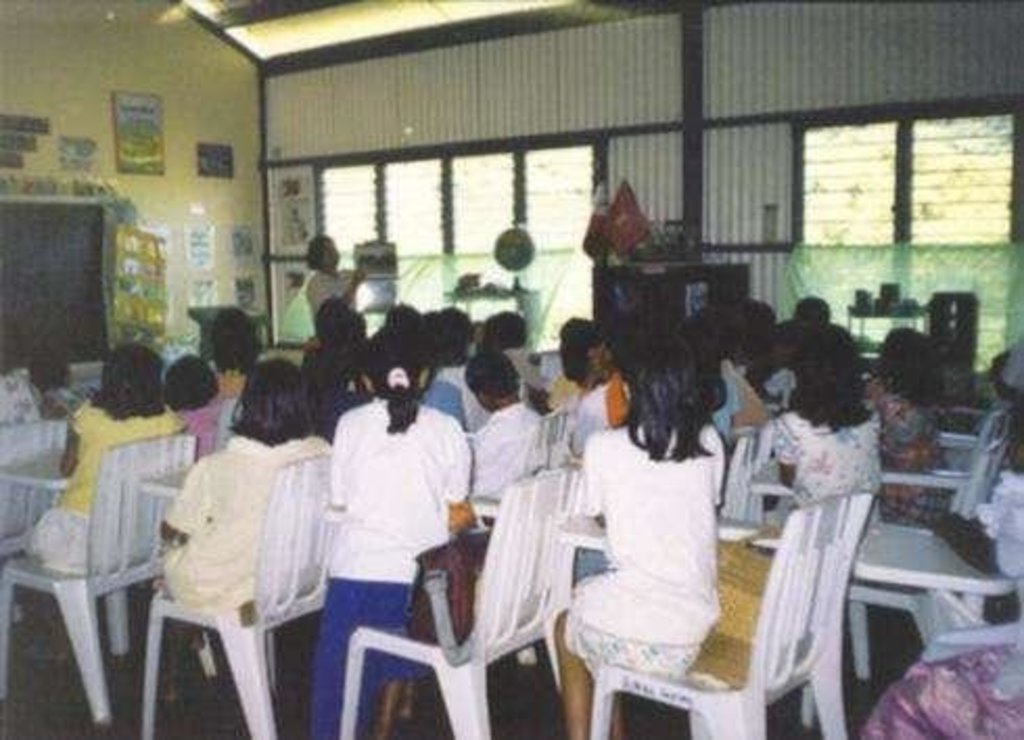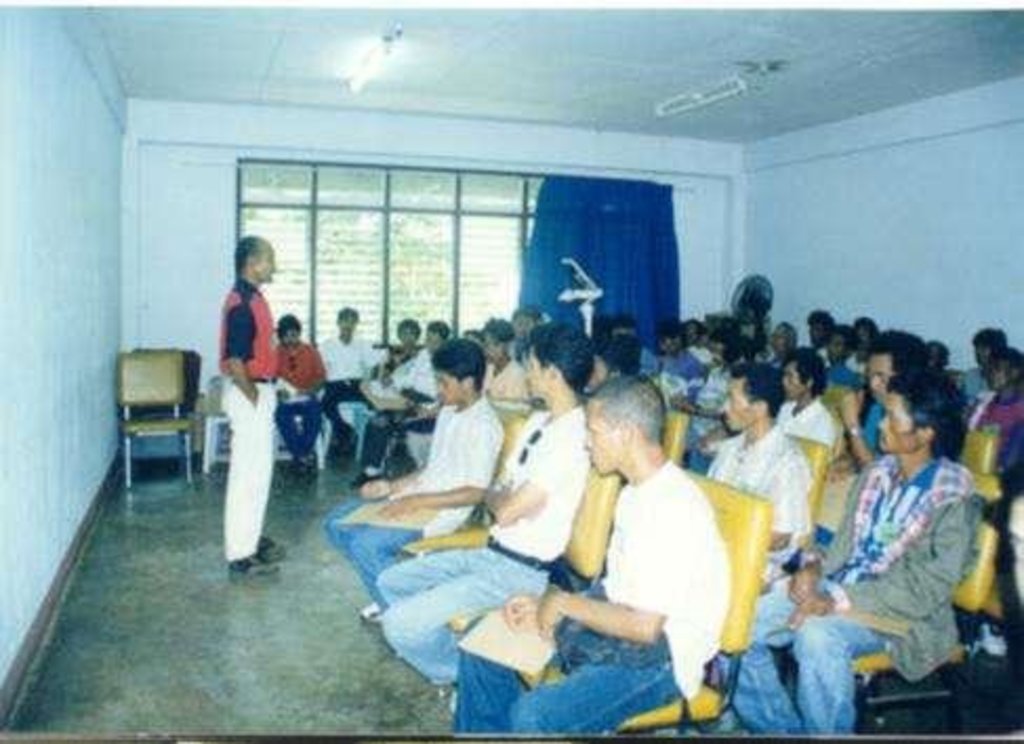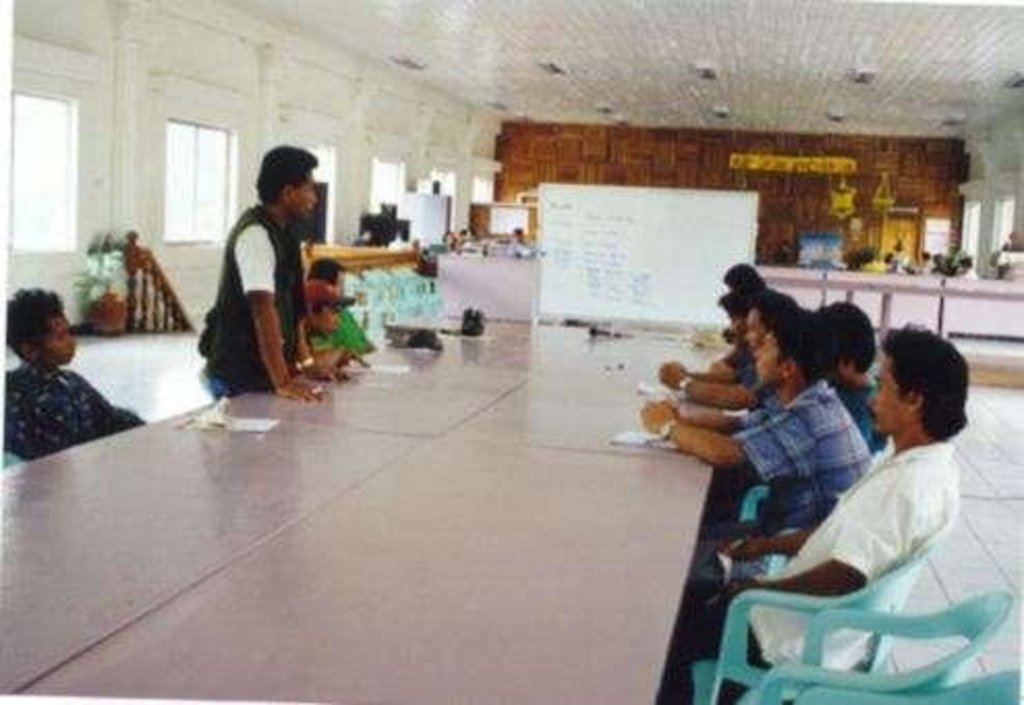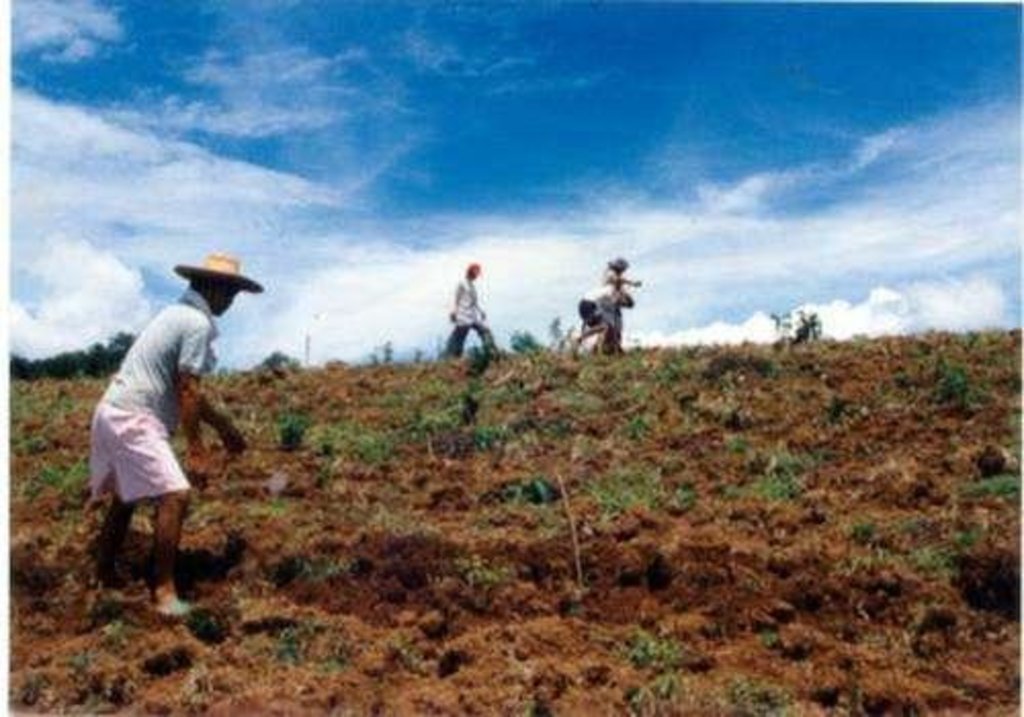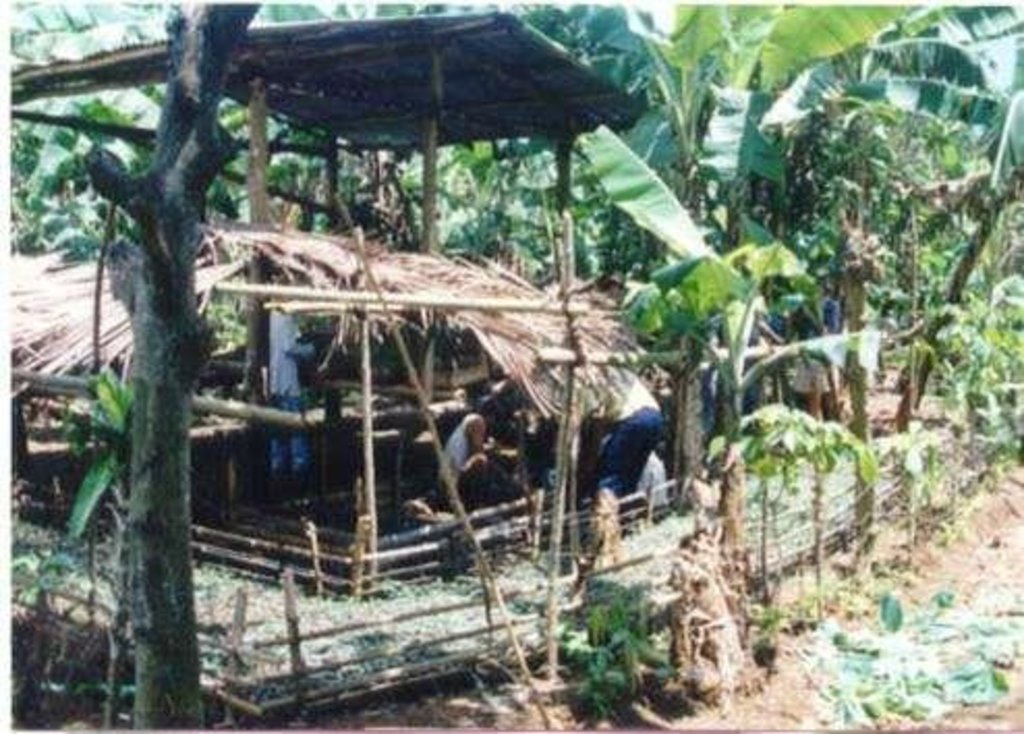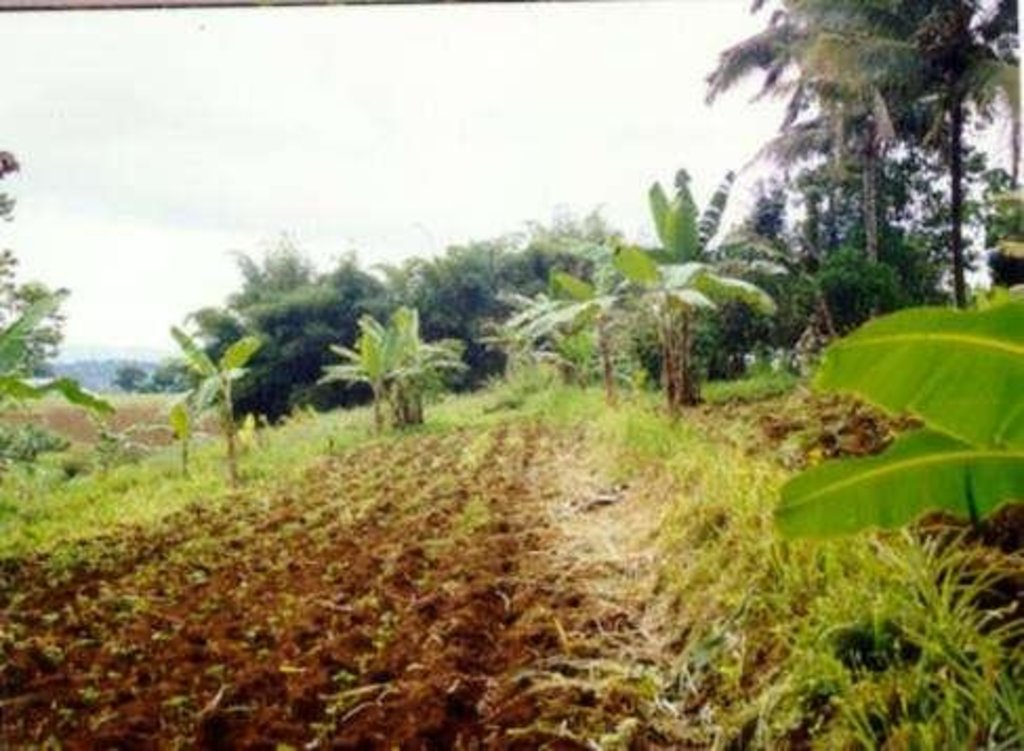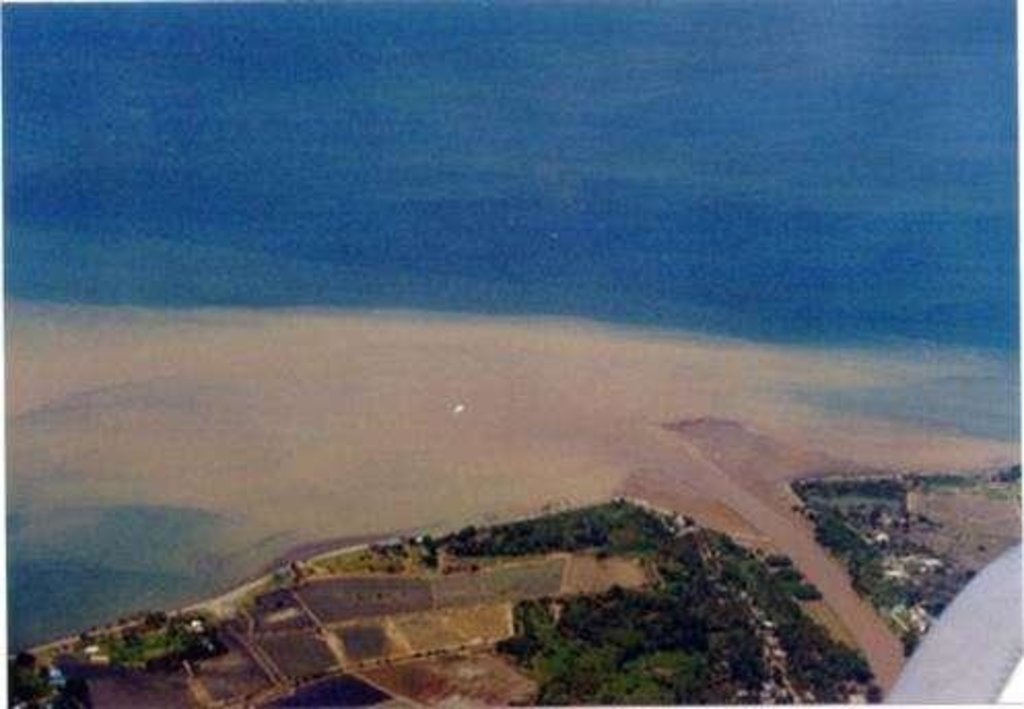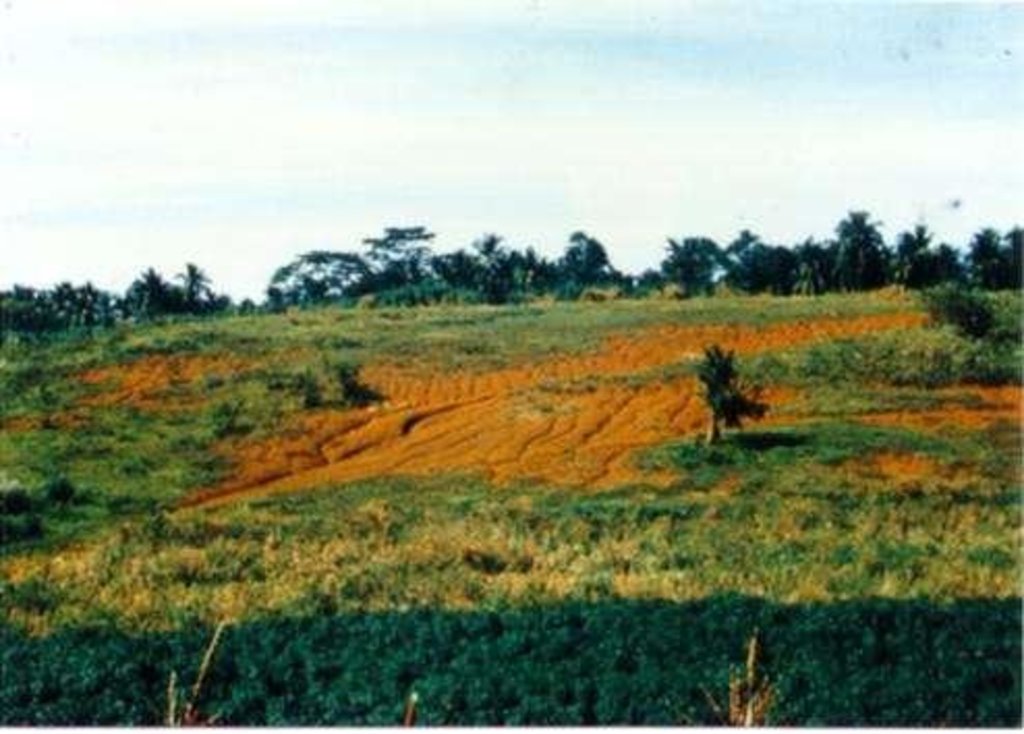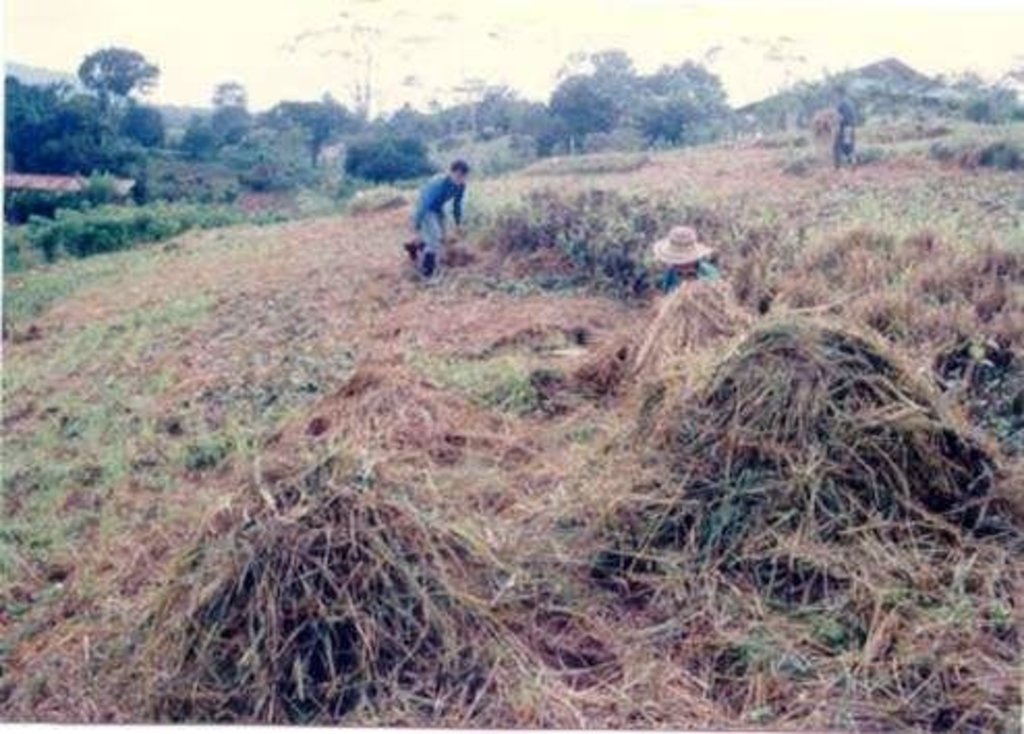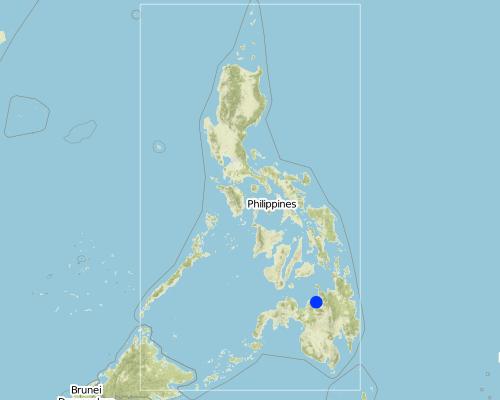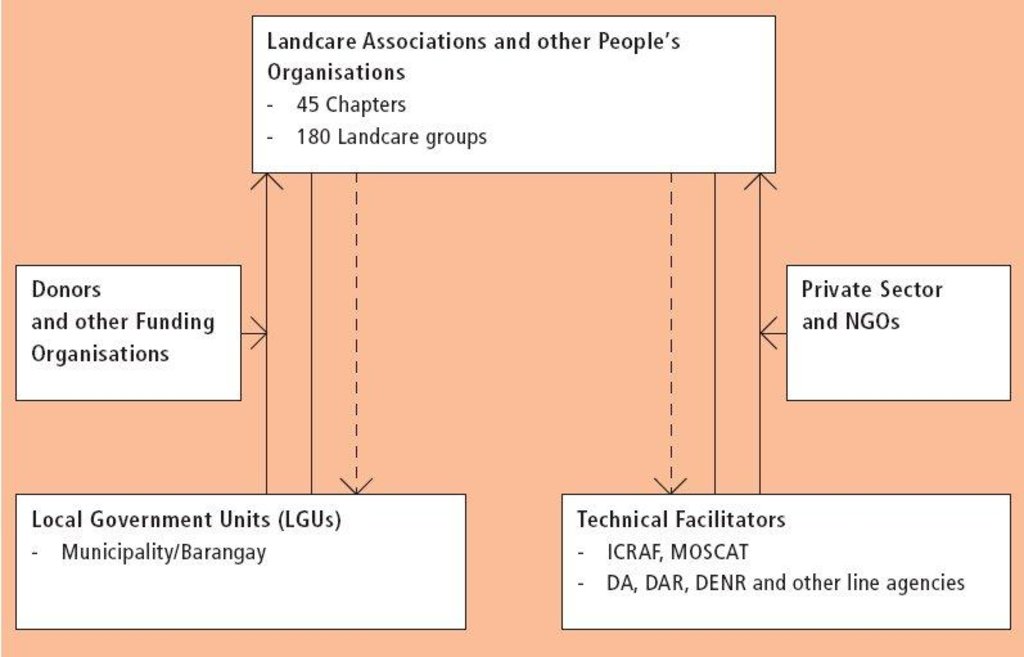LANDCARE - Claveria Landcare Association (CLCA) [Филиппины]
- Создание:
- Обновить:
- Составитель: Romeo Villamin Labios
- Редактор: Deborah Niggli
- Рецензент: Deborah Niggli
approaches_1934 - Филиппины
Просмотреть разделы
Развернуть все Свернуть все1. Общая информация
1.2 Контактные данные специалистов и организаций, участвующих в описании и оценке Подхода
Ответственный (-ые) специалист (-ы)
Специалист по УЗП:
Garrity Dennis
D.Garrity@cgiar.org
ICRAF-Southeast Asian Regional Program, Bogor, Indonesia
Филиппины
Специалист по УЗП:
Специалист по УЗП:
Bertumen Manuel
(63) 918-710-0798 / Fax: (63) 8821-720964
kalinaw@cdo.philcan.com.ph
ICRAF-Philippines, MOSCAT Campus, Claveria; Misamis Oriental, Philippines
Филиппины
Специалист по УЗП:
Mercado Augustin, Jr
ICRAF-Philippines@cgiar.org / agustin9146@yahoo.com
Claveria Research Site
MOSCAT Campus 9004, Claveria, Misamis Oriental, Philippines
Филиппины
Название проекта, содействовавшего документированию/оценке Подхода (если применимо)
Book project: where the land is greener - Case Studies and Analysis of Soil and Water Conservation Initiatives Worldwide (where the land is greener)Название проекта, содействовавшего документированию/оценке Подхода (если применимо)
Decision Support for Mainstreaming and Scaling out Sustainable Land Management (GEF-FAO / DS-SLM)1.3 Условия, регламентирующие использование собранных ВОКАТ данных
Когда были собраны данные (на местах)?
16/01/2009
Составитель и ответственный/-ые специалист(-ы) согласны с условиями, регламентирующими использование собранных ВОКАТ данных:
Да
1.4 Ссылка (-и) на Анкету (-ы) по Технологиям УЗП
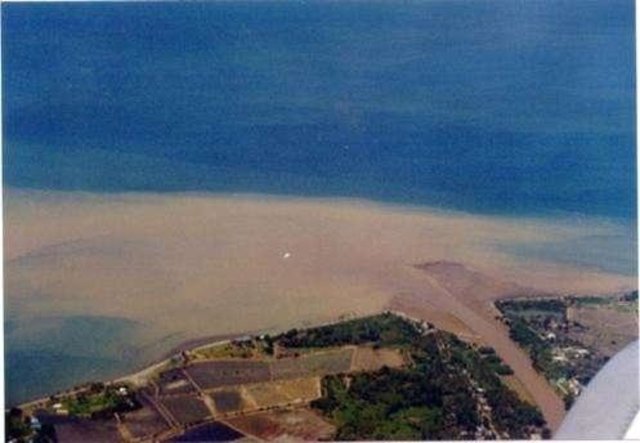
Natural Vegetative Strips (NVS) [Филиппины]
Within individual cropland plots, strips of land are marked out on the contour and left unploughed in order to form permanent, cross-slope barriers of naturally established grasses and herbs.
- Составитель: Philippine Overview of Conservation Approaches and Technologies
2. Описание Подхода УЗП
2.1 Краткое описание Подхода
Associations that help diffuse, at low cost, soil and water conservation technologies among upland farmers to generate income while conserving natural resources.
2.2 Подробное описание Подхода
Подробное описание Подхода:
In parts of the Philippines, farmers who are interested in learning and sharing knowledge about sustainable land management and new SWC measures organise themselves into the so-called 'Landcare' associations. These self-help groups are a vehicle for knowledge exchange, training and dissemination of SWC technologies. A main objective is the empowerment of farmers' groups in their efforts to improve their livelihoods as well as the environment. Landcare has three components and aims at strengthening collaboration between those: (1) grassroot farmers' organisations (Landcare organisations); (2) technical facilitators, for example the World Agroforestry Centre (formerly the International Centre for Research in Agroforestry: ICRAF) and government and academic agencies and (3) Local Government Units (LGUs). The Landcare associations are structured as municipal groups, village groups (barangay level or affiliate peoples' organisations), and village sub-groups (sitio or purok level). This ensures effective dissemination of technologies from the municipal level down to the smallest village. To give the associations a legal status, they are registered with the Securities and Exchange Commission (SEC). Landcare associations conduct regular monthly meetings to promote exchange of information, ideas, and experience, thus promoting spread of SWC technologies. Extension service is carried out through the Local Government Units, which allocate 20% of their development funds for Landcare related activities such as meetings, training and visits, and nursery establishment. Farmers organised in Landcare groups have better access to technical and financial support for SWC activities from LGUs and other technical facilitators.
LGUs also enact local laws to encourage adoption of SWC technologies, such as giving tax incentives, and Landcare members are given priority access to programmes and financial assistance. Landcare acts as a guarantor against loans. The facilitating agencies provide technical assistance, and also help create an environment of dynamism among Landcare groups. A link is created between Landcare associations and these service providers. Landcare enhances sharing of labour, builds camaraderie, and encourages group decisions on matters relating to SWC. The approach is spreading rapidly: from the original one association with 25 members in 1996, this increased to 45 groups with over 4,000 members by 1999.
2.3 Фотографии, иллюстрирующие Подход
2.5 Страна/ регион/ место, где применялся Подход
Страна:
Филиппины
Административная единица (Район/Область):
Misamis Oriental
Map
×2.6 Даты начала и окончания реализации Подхода
Год начала реализации:
1996
Если год начала реализации Подхода достоверно неизвестен, дайте примерную оценку:
более 50 лет назад (традиционная)
2.7 Тип Подхода
- традиционная/ местная система землепользования, используемая коренным населением
2.8 Каковы цели/ задачи Подхода
- organise farmers with common concerns, problems, needs and aspirations into self help groups.
- establish farmers' groups as conduits for financial and other support for SWC technologies.
- empower farmers' groups in their efforts to improve their livelihoods as well as the environment.
- strengthen working linkages between farmers and the LGU, NGOs and technical facilitators.
- promote sharing of new technologies, information, ideas and experiences about sustainable agriculture and natural resources management among Landcare groups and members.
- facilitate collective efforts in activities - which cannot be carried out at household level (eg communal nurseries).
- assist in the marketing of agroforestry-derived products of the members, and to develop links to studies on agroforestry based farming
2.9 Условия содействующие применению Технологии/ Технологий в рамках Подхода или затрудняющие его
Социальные/ культурные/ религиозные нормы и ценности
- содействуют
Members of Landcare are recommended to lending institutions for production loans.
Нормативно-правовая база (землевладение, права на земле- и водопользование)
- содействуют
Speed up the land reclassification and land registration program of the Department of Environment and Natural Resources (DENR).
Осведомленность в области УЗП, доступность технической поддержки
- содействуют
farmers training and cross visits to nearby farmers.
3. Участие и распределение ролей заинтересованных сторон
3.1 Заинтересованные стороны, участвующие в реализации Подхода и их роли
- местные землепользователи/ местные сообщества
land user driven (bottom-up). Spontaneous adoption with technical assistance from donors
Working land users were mainly men (Men do the main job in the field. Women do home-related agricultural activities e.g. corn shelling. Men do the heavier works (plowing, harrowing). Women in light
- эксперты по УЗП/ сельскому хозяйству
ICRAF facilitated the organisation of farmers. Specialists established the linkage between Landcare and LGUs/NGOs.
technical assistance from donors
- местные власти
Local government units (LGU's)
- государственные власти (отвечающие за планирование или принятие решений)
Department of Agriculture
3.2 Участие местных землепользователей/ местных сообществ на разных стадиях реализации Подхода
| Участие местных землепользователей/ местных сообществ | Перечислите участников и опишите их вовлеченность | |
|---|---|---|
| инициирование/ мотивация | интерактивное | public meetings, rapid/participatory rural appraisal, workshops/ seminars |
| планирование | интерактивное | public meetings, rapid/participatory rural appraisal, workshops/ seminars |
| выполнение | самоорганизация | organisation of major and minor activities: coordination of casual labour |
| мониторинг/ оценка | интерактивное | measurements/observations, public meetings, interviews/ questionnaires |
| research | интерактивное | on-farm research supported by LGU, academics, ICRAF |
3.3 Схема реализации (если имеется)
Описание:
The diagram demonstrates the collaboration, complementarity, interdependence and synergism between the actors.
Explanations: ->Support (technical, financial, policy) --->Demands, requests, feedback IC
3.4 Принятие решений по выбору Технологии/ Технологий УЗП
Укажите, кто принимал решение по выбору применяемой Технологии/ Технологий:
- в основном землепользователи при поддержке специалистов по УЗП
Поясните:
land user driven (bottom-up). Spontaneous adoption with technical assistance from donors
4. Техническая поддержка, повышение компетенций и управление знаниями
4.1 Повышение компетенций/ обучение
Проводилось ли обучение землепользователей/ других заинтересованных лиц?
Да
Укажите, кто проходил обучение:
- землепользователи
Если существенно, укажите гендерный и возрастной состав, статус, этническую принадлежность и т.д.
Training (by LGU, ICRAF, academics) in tree nursery establishment and seeding, soil sampling and soil fertility assessment, layout of contours for natural vegetative strips, and pest and disease control in the farm
Тип обучения:
- в ходе работы
- обмен опытом между фермерами
- опытные участки
4.2 Консультационные услуги
Есть ли у землепользователей возможность получать консультации?
Да
Укажите, где именно оказываются консультационные услуги:
- на полях землепользователей
4.3 Институциональная (организационная) поддержка
В ходе реализации Подхода были ли организованы новые институциональные структуры или поддержаны уже существующие?
- да, существенно
Укажите уровень, на котором структуры были укреплены или вновь созданы:
- местные
Укажите тип поддержки:
- повышение компетенций/ обучение
4.4 Мониторинг и оценка
Являются ли мониторинг и оценка частью Подхода?
Да
Если да, будет ли данный документ использоваться для мониторинга и оценки?
Нет
4.5 Научные исследования
Были ли научные исследования частью Подхода?
Да
Укажите темы исследований:
- социология
- технология
5. Финансирование и внешняя материальная поддержка
5.2 Финансирование и внешняя материальная поддержка, предоставляемая землепользователям
Предоставлялась ли землепользователям финансовая/ материальная поддержка для применения Технологии /Технологий?
Нет
5.3 Субсидии на отдельные затраты (включая оплату труда)
- сельскохозяйственные
| Укажите, какие ресурсы были субсидированы | В какой степени | Опишите субсидии подробнее |
|---|---|---|
| семена | профинансированы частично | |
| удобрения | профинансированы частично | |
| seedlings | профинансированы частично | tree & coffee seedlings |
5.4 Кредитование
Предоставлялись ли в рамках Подхода кредиты на мероприятия УЗП?
Нет
6. Анализ влияния и заключительные положения
6.1 Влияние Подхода
Сумел ли Подход помочь землепользователям внедрить и поддерживать технологии УЗП?
- Нет
- Да, немного
- Да, умеренно
- Да, существенно
The approach has greatly helped land users in the implementation of soil and water management technologies. Farmers now adopt 'natural vegetative strips' (NVS). Large farms (> 3 ha) have generally evolved into commercial production of tree crops (coffee) and trees (timber).
Сумел ли Подход разрешить правовые проблемы землевладения/ землепользования, препятствующие использованию технологий УЗП?
- Нет
- Да, немного
- Да, умеренно
- Да, существенно
Land tenure is still an important factor in adoption of SWC technology. Providing simple technology in establishment and maintenance enhance adoption. Landcare groups exist where tenants are members. They adopt SWC technology.
Did other land users / projects adopt the Approach?
- Нет
- Да, немного
- Да, умеренно
- Да, существенно
Many other NGOs, local government units (LGUs) and line agencies have adopted - and further adapted - the Landcare approach in their respective areas. The approach has been proven effective and it is now being looked upon as a model for the implementation of SWC and other related activities, particularly in Mindanao.
6.2 Основные причины, побуждающие землепользователей внедрять УЗП
- причастность к движению/ проекту/ группе/ сети
- приобретение знаний и опыта в области УЗП
6.3 Долгосрочная устойчивость мероприятий в рамках Подхода
Могут ли землепользователи самостоятельно (без внешней поддержки) продолжать применение того, что было реализовано в рамках Подхода?
- да
Если да, опишите как:
Landcare has become an integral part of civil organisation. Landcare is a triangulation of grassroot organizations (farmers), local government units (LGU's), and technical failitators. The financial resource required for this approach are imbedded in the regular budget of municipal or barangay. The LGU's (politicians consider Landcare groups as political machinery and voting blocks. If they
6.4 Сильные стороны/ преимущества Подхода
| Сильные стороны/ преимущества/ возможности по мнению землепользователей |
|---|
| Makes farm workers easier |
| Promotes social integration and addresses other social issues which are beyond individual household capacity to solve (burials, weddings, etc) |
| Сильные стороны/ преимущества/ возможности по мнению составителя или других ключевых специалистов |
|---|
| Promotes rapid adoption of SWC technologies. Provides easy and fast access/implementation of SWC technologies |
| Encourages farmers to gain access to services and financial support from LGU, technical facilitators and service providers |
| Provides a vehicle for participatory research and technical interventions and ensures that newly-developed technologies are appropriate |
| Makes extension activities cost effective |
| Ensures sustainability of actions |
6.5 Слабые стороны/ недостатки Подхода и пути их преодоления
| Слабые стороны/ недостатки/ риски по мнению землепользователей | Возможные пути их преодоления/снижения? |
|---|---|
| Individual problems not easily addressed, as few members are frank and open | Encourare everybody to share their problems and concerns |
| Participation entails time to be away from farm work | Meetings and discussions should be scheduled during evenings or holidays. |
| Слабые стороны/ недостатки/ риски по мнению составителя или ответственных специалистов | Возможные пути их преодоления/снижения? |
|---|---|
| Over reliance on ICRAF on technical innovation | Encourage farmers to conduct farmer level experimentation. |
| Lack of leadership and organisation skills of some Landcare leaders, who are unable to guide groups into cohesive, dynamic organisation. It takes time to get consensus and to make them work together | Landcare group leaders need to be better trained in leadership skills group facilitation and participation |
| Some farmers join Landcare expecting handouts or grants | Project objectives and strategies should be explicitly explained to farmers |
| Over-emphasis of political patronage by some LGUs alienates people of different orientation/background | Encourage a more transparent government at LGU particularly at barangay level |
7. Справочные материалы и ссылки
7.1 Методы сбора/источники информации
- выезды на места, полевые обследования
- опросы землепользователей
7.2 Ссылки на опубликованные материалы
Название, автор, год публикации, ISBN:
Campbell, Andrew. 1994. Landcare: Communities shaping the land and the future. Allen and Unvin, St. Leonard, New South Wales, Australia
Где опубликовано? Стоимость?
ICRAF-Philippines. College of Forestry, UPLB, College, Laguna, Philippines
Название, автор, год публикации, ISBN:
Garrity, Dennis and Agustin Mercado, Jr. The Landcare Approach: a Two-Based Method to Rapidly Disseminate Agroforesttry Practices in Upland Watersheds
Где опубликовано? Стоимость?
ICRAF-Philippines. College of Forestry, UPLB, College, Laguna, Philippines
Название, автор, год публикации, ISBN:
Mercado Jr A, Patindol M and Garrity DP (2001) The Landcare experience in the Philippines: technical and institutional innovations for conservation farming. Development in Practice, Vol. 11, No. 4
Ссылки и модули
Развернуть все Свернуть всеСсылки

Natural Vegetative Strips (NVS) [Филиппины]
Within individual cropland plots, strips of land are marked out on the contour and left unploughed in order to form permanent, cross-slope barriers of naturally established grasses and herbs.
- Составитель: Philippine Overview of Conservation Approaches and Technologies
Модули
Нет модулей


